Home>Garden Essentials>How To Get Seed From Lettuce
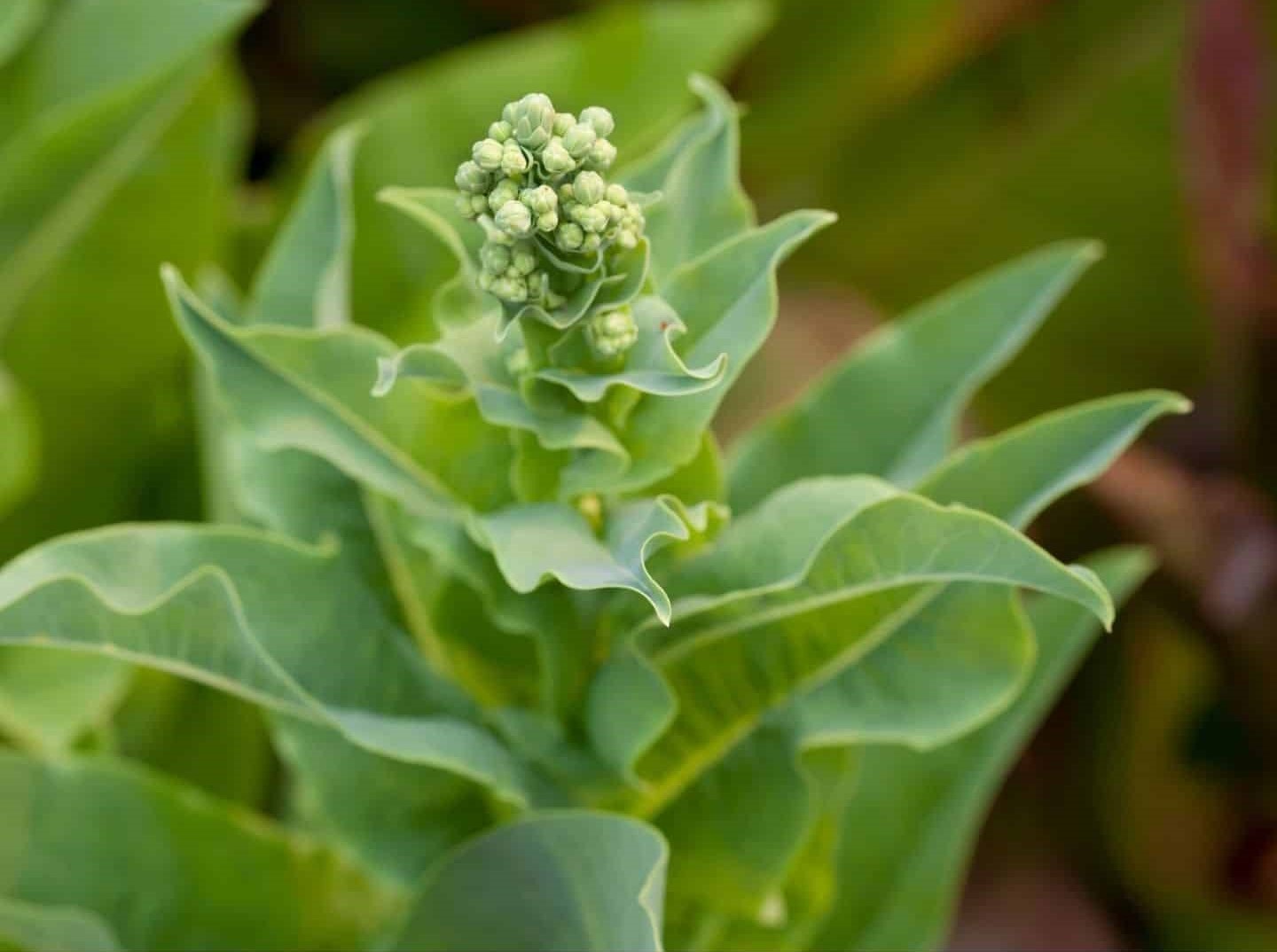

Garden Essentials
How To Get Seed From Lettuce
Modified: March 21, 2024
Learn how to get seed from lettuce in your garden. Follow these simple steps to save money and grow your own lettuce plants.
(Many of the links in this article redirect to a specific reviewed product. Your purchase of these products through affiliate links helps to generate commission for Storables.com, at no extra cost. Learn more)
Introduction
Gardening enthusiasts are always looking for new and exciting ways to expand their plant collection. If you’re a fan of lettuce, you may be interested in learning how to obtain seeds from your lettuce plants. Getting seeds from lettuce is not only a fun and rewarding experience but also a great way to ensure a sustainable supply of this leafy green in your garden.
In this article, we will guide you through a step-by-step process on how to get seed from lettuce. From obtaining a healthy lettuce plant to harvesting, cleaning, and storing the seeds, we will cover all the necessary information to successfully complete this gardening endeavor.
But first, let’s understand why seed saving is beneficial. By saving seeds from your own plants, you can select and preserve the varieties that perform best in your specific garden conditions. This process allows you to develop a collection of seeds that are well-adapted to your climate, soil, and other environmental factors.
Seed saving also promotes biodiversity and helps maintain heirloom varieties that may not be readily available in commercial seed catalogs. Furthermore, it is a cost-effective way of expanding your garden without having to purchase new seeds every season.
Now that we’ve covered the importance of seed saving let’s dive into the step-by-step process of obtaining seeds from lettuce plants.
Key Takeaways:
- Save lettuce seeds to grow your favorite varieties year after year. Choose open-pollinated plants, let them bolt, harvest, clean, dry, and store the seeds for a sustainable garden.
- Seed saving promotes biodiversity and saves money. Enjoy the rewarding experience of obtaining, cleaning, and storing lettuce seeds for future planting adventures.
Read more: How To Get Seeds From Lettuce
Step 1: Obtaining a healthy lettuce plant
The first step in obtaining seeds from lettuce is to start with a healthy lettuce plant. There are various ways to acquire a lettuce plant, such as purchasing seedlings from a nursery or starting from seeds. If you choose to start from seeds, you can either buy them from a reputable seed supplier or save seeds from a lettuce plant you already have.
When selecting a lettuce plant, it’s essential to choose a variety that is open-pollinated rather than a hybrid. Open-pollinated varieties produce seeds that will grow true to the parent plant, allowing you to maintain the desired characteristics in future generations.
Before planting your lettuce, prepare the soil by loosening it and removing any weeds or debris. Lettuce prefers well-draining soil with a neutral pH. You can also amend the soil with organic matter, such as compost, to improve its fertility and water-holding capacity.
Once the soil is prepared, sow the lettuce seeds according to the packet instructions. Ensure that you provide adequate spacing between the plants to allow for optimal growth and airflow. Lettuce can also be grown in containers if you have limited garden space.
Water the newly planted lettuce gently to avoid disturbing the seeds. Keep the soil consistently moist but not waterlogged throughout the growing season. Additionally, ensure that the lettuce receives sufficient sunlight or partial shade, depending on the variety.
Regularly monitor your lettuce plants for pests and diseases and take necessary measures to control them. Proper care and maintenance will ensure a healthy and robust lettuce plant, setting the stage for successful seed production.
It’s worth noting that if you’re starting from seeds saved from a previous lettuce plant, make sure the lettuce was open-pollinated and not cross-pollinated with other lettuce varieties. Cross-pollination can result in offspring with unpredictable traits. If you’re unsure, it’s best to start with fresh seeds from a reputable source.
Now that you have a healthy lettuce plant, let’s move on to the next step: allowing the lettuce to bolt.
Step 2: Allowing lettuce to bolt
Once you have a healthy lettuce plant, the next step in obtaining seeds is to allow the lettuce to bolt. Bolting is the natural process in which lettuce plants go to seed. This typically occurs when the weather gets warmer, signaling the plant to transition from leaf production to seed production.
To encourage bolting, it’s important to understand the optimal growing conditions for lettuce to go to seed. Lettuce prefers cooler temperatures for leaf production, but for seed production, it requires warmer conditions. As the temperatures start to rise, the plant will naturally send up a flowering stalk, known as the bolt.
As the bolt starts to grow, you may notice changes in the appearance of the lettuce leaves. They may become elongated, with a more bitter taste compared to the younger leaves. This is a sign that the plant is shifting its focus from leaf production to seed development.
To ensure successful seed production, it’s crucial to provide the lettuce plant with the right growing environment. Place the plant in an area where it can receive full sun or partial shade throughout the day. Adequate sunlight is essential for the development of healthy flowers and seeds.
Continue to water the lettuce plants regularly, ensuring that the soil stays consistently moist. However, be mindful not to overwater, as excessive moisture can lead to root rot or fungal diseases.
As the bolt grows taller, it will eventually produce flowers. Lettuce flowers are typically small and yellow in color. These flowers attract pollinators such as bees, which play a crucial role in pollinating the lettuce plant and ensuring proper seed development.
Monitor the progress of the bolting process and observe the flowers closely. Once the flowers start to fade and dry up, it’s an indication that the seeds are starting to form. The flower heads will eventually transform into seed heads, containing the mature lettuce seeds.
Now that you understand the process of allowing lettuce to bolt, let’s move on to the next step: harvesting the seeds.
Step 3: Harvesting the seeds
After allowing the lettuce to bolt and the flowers to fade, it’s time to harvest the seeds. Harvesting lettuce seeds is relatively straightforward, but it requires some care and attention to ensure the best quality seeds for future planting.
First, examine the seed heads to determine if they are fully mature. Mature seed heads will turn brown and become dry and brittle. You can gently squeeze the seed head to check if the seeds inside are firm and hard. If they are still soft or pliable, it indicates that they are not fully mature and need more time to develop.
Once you have identified mature seed heads, it’s time to remove them from the plant. Use a pair of clean and sharp scissors or garden pruners to cut the seed heads from the bolt. Be careful not to crush or damage the seed heads in the process as this can affect seed viability.
After harvesting the seed heads, place them in a clean and dry container. You can use a paper bag, an envelope, or a glass jar with a tight-fitting lid. Label the container with the lettuce variety and the date of harvest for future reference.
To separate the seeds from the seed heads, you can gently rub or roll them between your fingers or palms. This action will cause the seeds to dislodge and separate from the plant matter. Alternatively, you can use a clean sieve or mesh screen to separate the seeds from the debris.
It’s important to note that lettuce seeds are small and lightweight, so be cautious not to lose them during the separation process. To prevent any accidental spills, consider working over a clean tray or inside a large container to catch any stray seeds.
Take your time and ensure that all the seeds are separated and collected. Remove any remaining plant material or debris from the container to ensure the seeds remain clean and free from contaminants.
Now that you have harvested and collected the lettuce seeds, it’s time to move on to the next step: cleaning and drying the seeds.
To get seeds from lettuce, allow the plant to bolt and flower. Once the flowers turn into fluffy white seed heads, collect the seeds and store them in a cool, dry place for future planting.
Step 4: Cleaning and drying the seeds
After harvesting the lettuce seeds, it’s important to clean and dry them properly to ensure their viability and longevity. Cleaning and drying the seeds will help remove any remaining plant debris and reduce the risk of fungal or bacterial growth during storage.
Start by transferring the harvested seeds to a fine-mesh sieve or strainer. Rinse the seeds under cool running water, gently agitating them with your fingers. This will help remove any clinging debris, such as dried flower petals or small pieces of plant matter.
Once the seeds are rinsed, spread them out evenly on a clean, dry towel or paper towels. Allow them to air dry completely in a well-ventilated area away from direct sunlight or excessive heat. Ensure that the seeds are spread out in a thin layer to promote even drying and prevent the formation of mold.
During the drying process, it’s essential to periodically check the seeds and remove any that show signs of mold or fungal growth. Discard any seeds that appear discolored, shriveled, or damaged, as they are unlikely to germinate successfully.
Depending on the humidity levels in your area, it may take anywhere from a few days to a couple of weeks for the seeds to dry completely. To test if the seeds are dry, try bending them. If they snap or break easily, they are ready for storage. If they are still flexible or appear slightly pliable, they may require further drying time.
Once the seeds are dry, transfer them to a clean, dry, and airtight container. Glass jars with tight-fitting lids or seed envelopes are excellent options for seed storage. Be sure to label the container with the lettuce variety and the date of harvest.
It’s recommended to store the lettuce seeds in a cool, dark, and dry location to prolong their shelf life. A pantry or a refrigerator are suitable storage areas. Avoid storing the seeds in areas prone to temperature fluctuations, such as attics or garages, as this can affect seed viability.
By properly cleaning and drying the lettuce seeds, you are ensuring their quality and increasing the chances of successful germination when it’s time to plant them in the future.
Now that the lettuce seeds are cleaned, dried, and properly stored, let’s move on to the final step: storing the lettuce seeds.
Read more: How To Get Lettuce Seeds From Plant
Step 5: Storing the lettuce seeds
Proper storage is crucial to maintain the viability and germination rate of lettuce seeds over an extended period. By storing the seeds correctly, you can ensure that they will be ready for planting in future growing seasons.
Store the dried lettuce seeds in a clean, dry, and airtight container, such as a glass jar with a tight-fitting lid or seed envelopes. It’s important to choose a container that is resistant to moisture and pests, as these factors can reduce seed quality.
Label the container with the lettuce variety and the date of harvest for easy identification in the future. This information will be helpful when planning your garden and keeping track of seed longevity.
Find a cool and dark location for seed storage. A pantry shelf, a refrigerator, or a cool basement are suitable options. Optimal storage temperatures for lettuce seeds range from 32°F to 41°F (0°C to 5°C).
Keep the seeds away from direct sunlight, as exposure to light can shorten their shelf life. Additionally, avoid storing the seeds in areas with high humidity or fluctuating temperatures, as these conditions can decrease seed viability.
It’s advisable to periodically check the stored seeds for any signs of moisture, pests, or mold. If you notice any issues, remove the affected seeds to prevent them from damaging the rest of the collection.
If stored properly, lettuce seeds can remain viable for several years. However, it’s recommended to use them within the first three years for optimal germination rates. As the seeds age, their germination rate may decrease, requiring larger seed quantities for successful planting.
Remember to periodically update your seed collection by saving fresh seeds from your lettuce plants to maintain a sustainable supply for future gardening endeavors.
Congratulations! You’ve completed all the steps necessary to obtain, clean, dry, and store seeds from lettuce plants. By following these steps, you can ensure a continuous cycle of seed saving and enjoy the rewards of a thriving lettuce garden year after year.
Happy gardening!
Conclusion
Seed saving is not only a practical way to sustain your garden but also a rewarding and fulfilling experience. By learning how to obtain seeds from lettuce plants, you can take control of your plant collection, ensure the adaptation of varieties to your specific garden conditions, and promote biodiversity.
In this article, we covered the step-by-step process of obtaining seeds from lettuce plants. Starting with a healthy lettuce plant, allowing it to bolt, harvesting the seeds, and then cleaning, drying, and storing them properly. Each step is crucial in maintaining seed viability and ensuring successful future plantings.
Remember to choose open-pollinated lettuce varieties for seed saving, as they will produce offspring that closely resemble the parent plant. Provide optimal growing conditions for lettuce to bolt, such as adequate sunlight and water, and monitor the progress of the seed development.
Harvest the mature lettuce seed heads carefully, clean them to remove any debris, and dry them thoroughly to prevent mold or fungal growth. Store the seeds in a cool, dark, and dry location in airtight containers, and periodically check for any signs of moisture or pests.
By following these steps, you can create a sustainable seed supply and preserve the qualities of your favorite lettuce varieties. Seed saving is not only beneficial for your garden but also contributes to the preservation of heirloom varieties and supports biodiversity.
Now that you have the knowledge and skills to obtain seeds from lettuce plants, go ahead and give it a try. Experiment with different lettuce varieties, observe the fascinating process of seed development, and enjoy the fruits of your labor in the next growing season.
Happy seed saving and gardening!
Frequently Asked Questions about How To Get Seed From Lettuce
Was this page helpful?
At Storables.com, we guarantee accurate and reliable information. Our content, validated by Expert Board Contributors, is crafted following stringent Editorial Policies. We're committed to providing you with well-researched, expert-backed insights for all your informational needs.
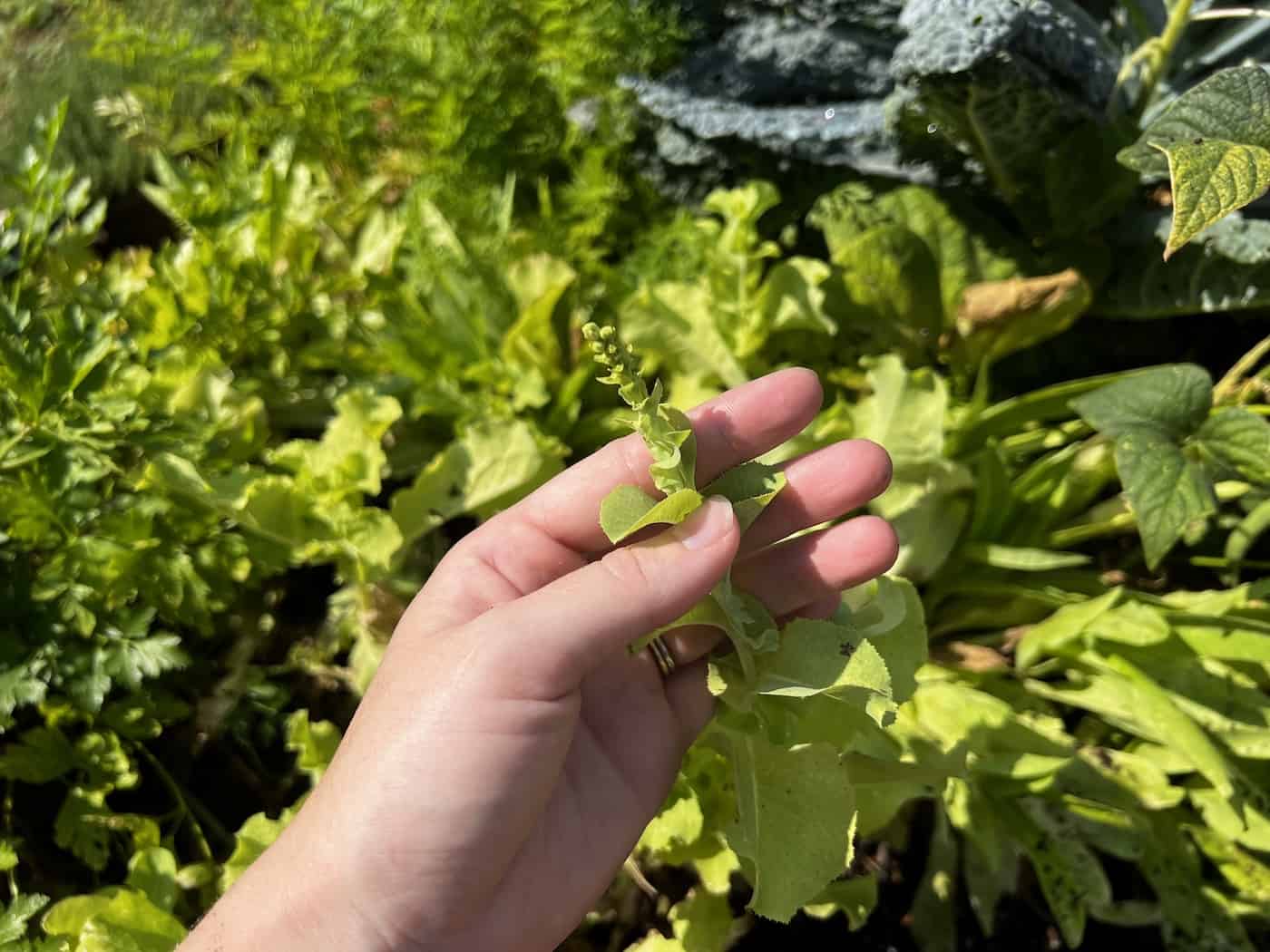
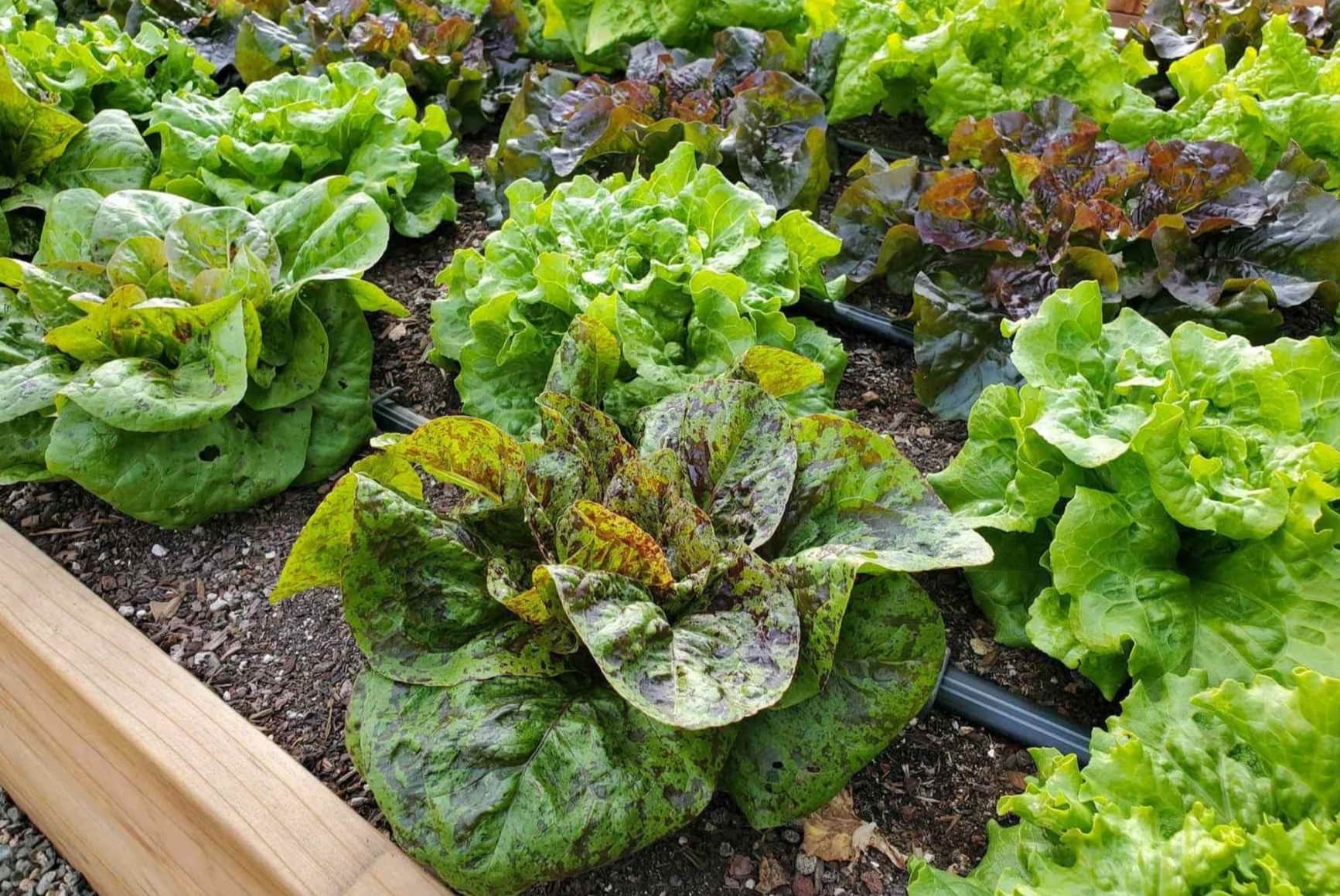
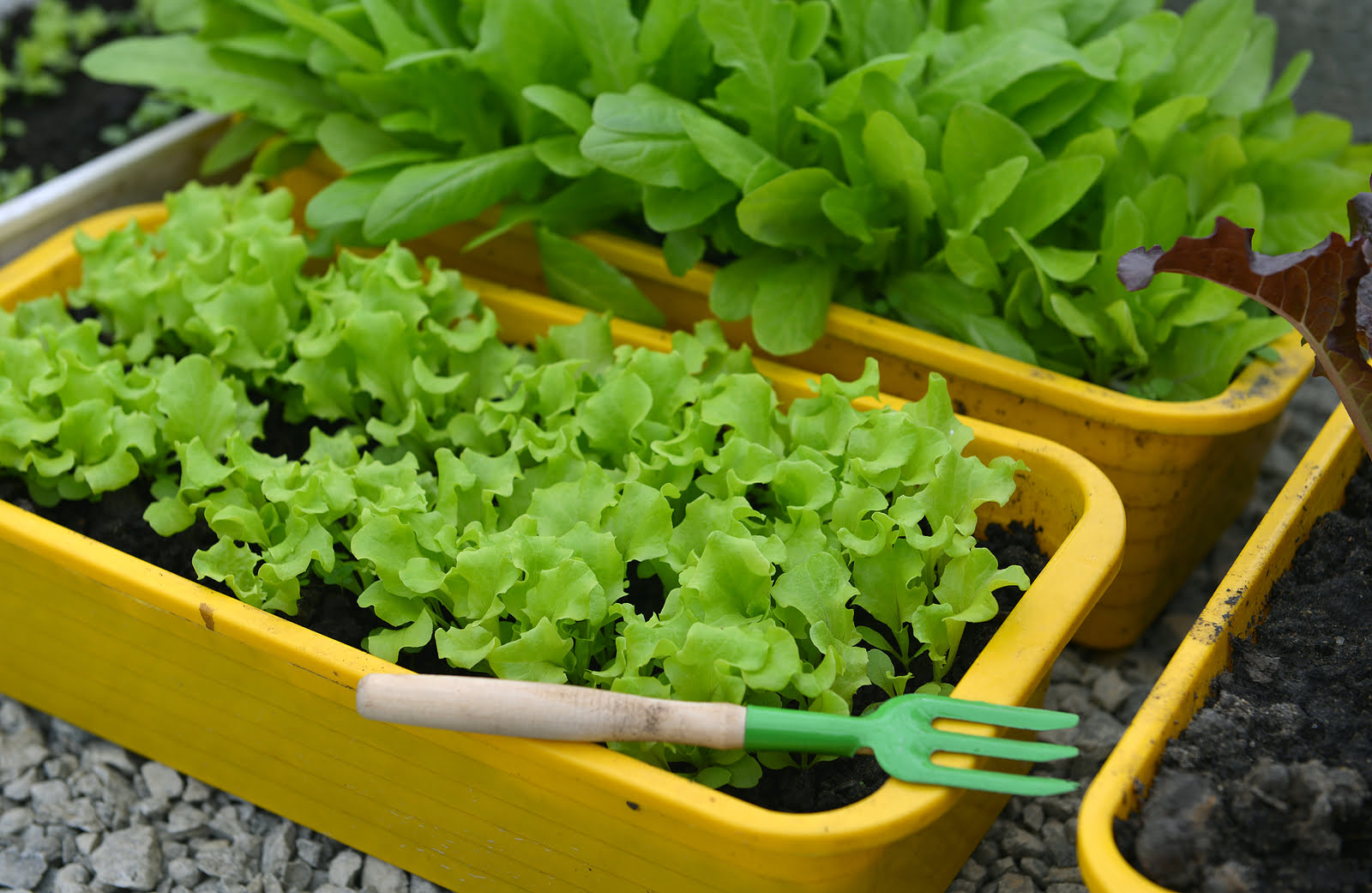
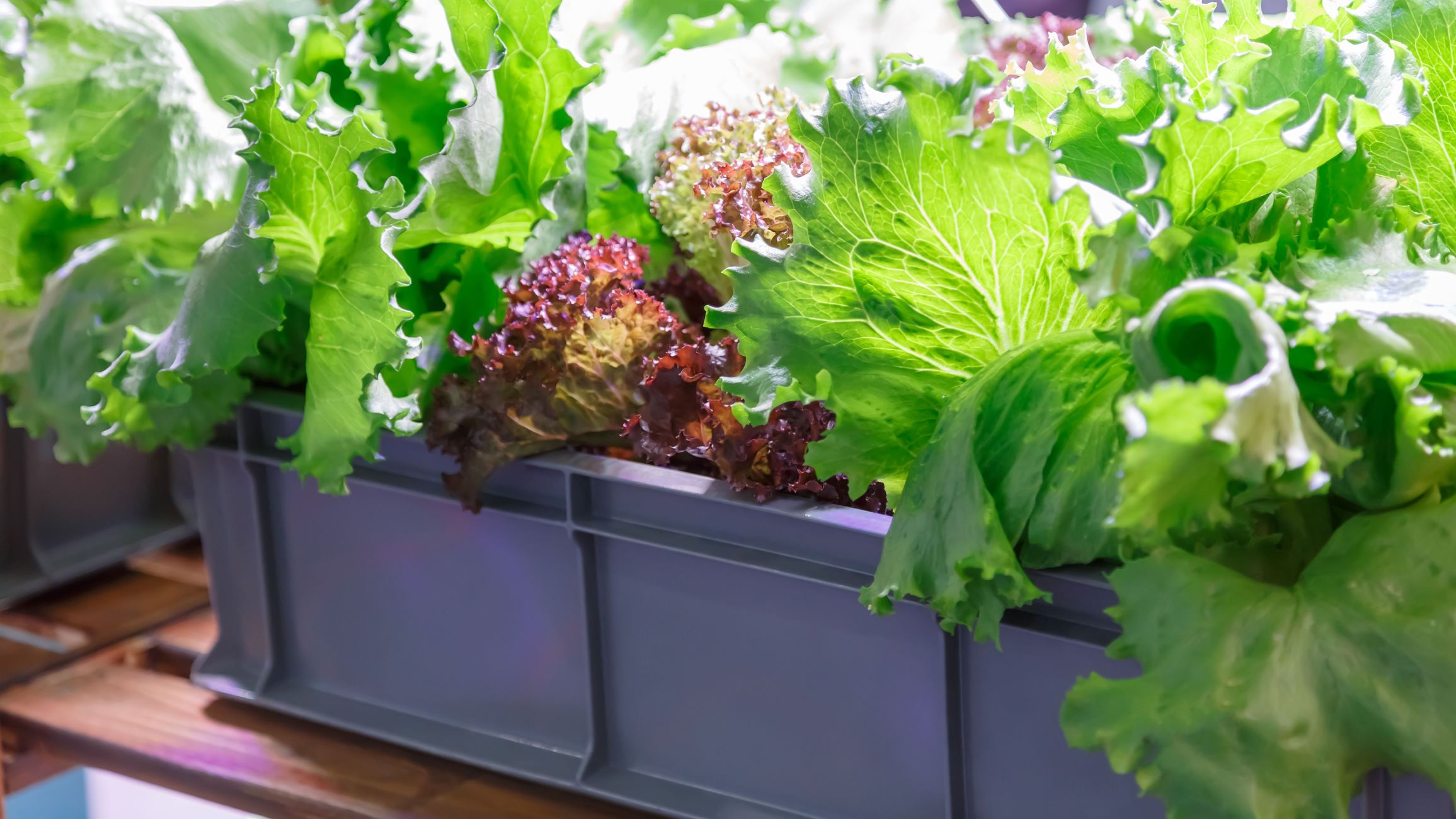
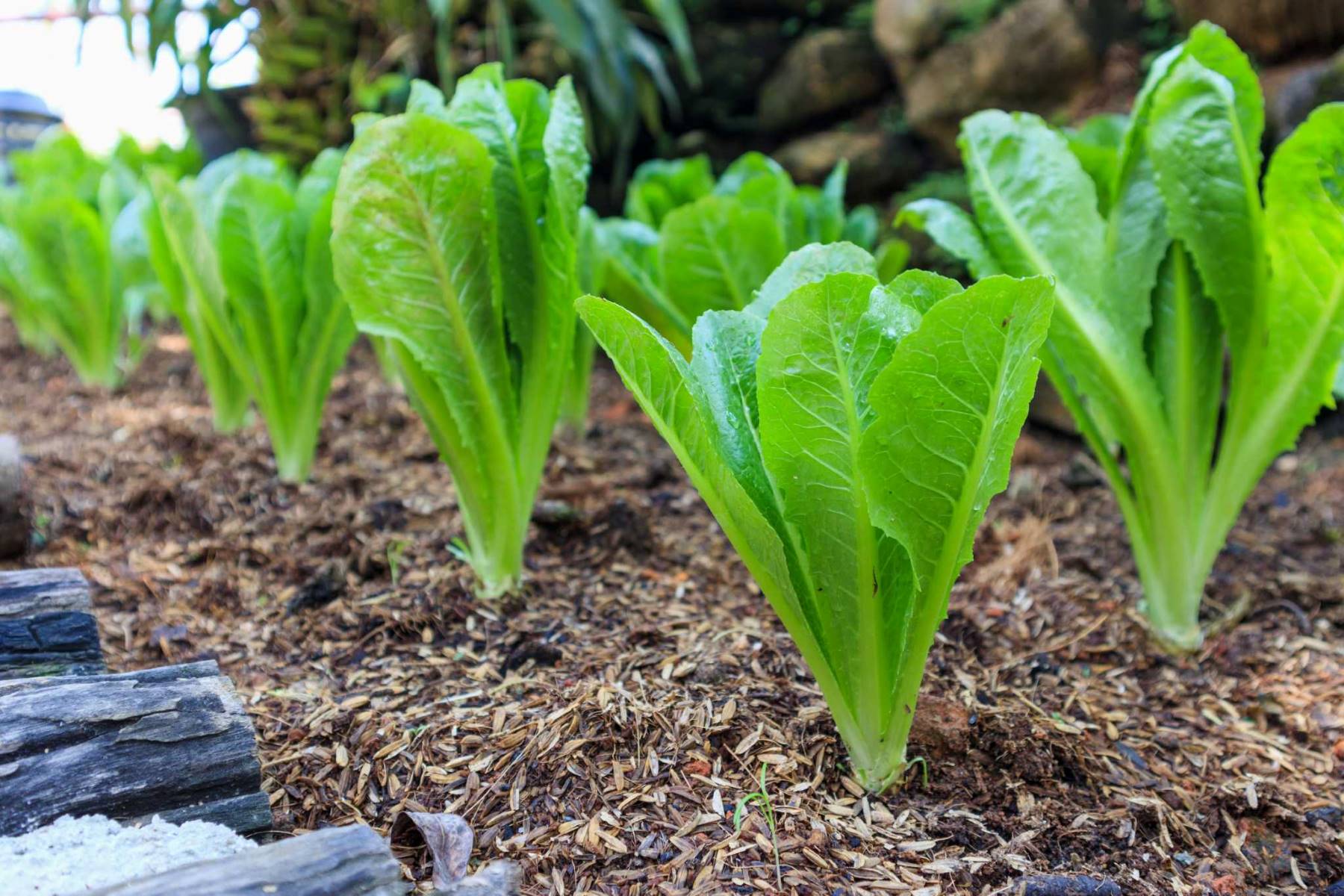
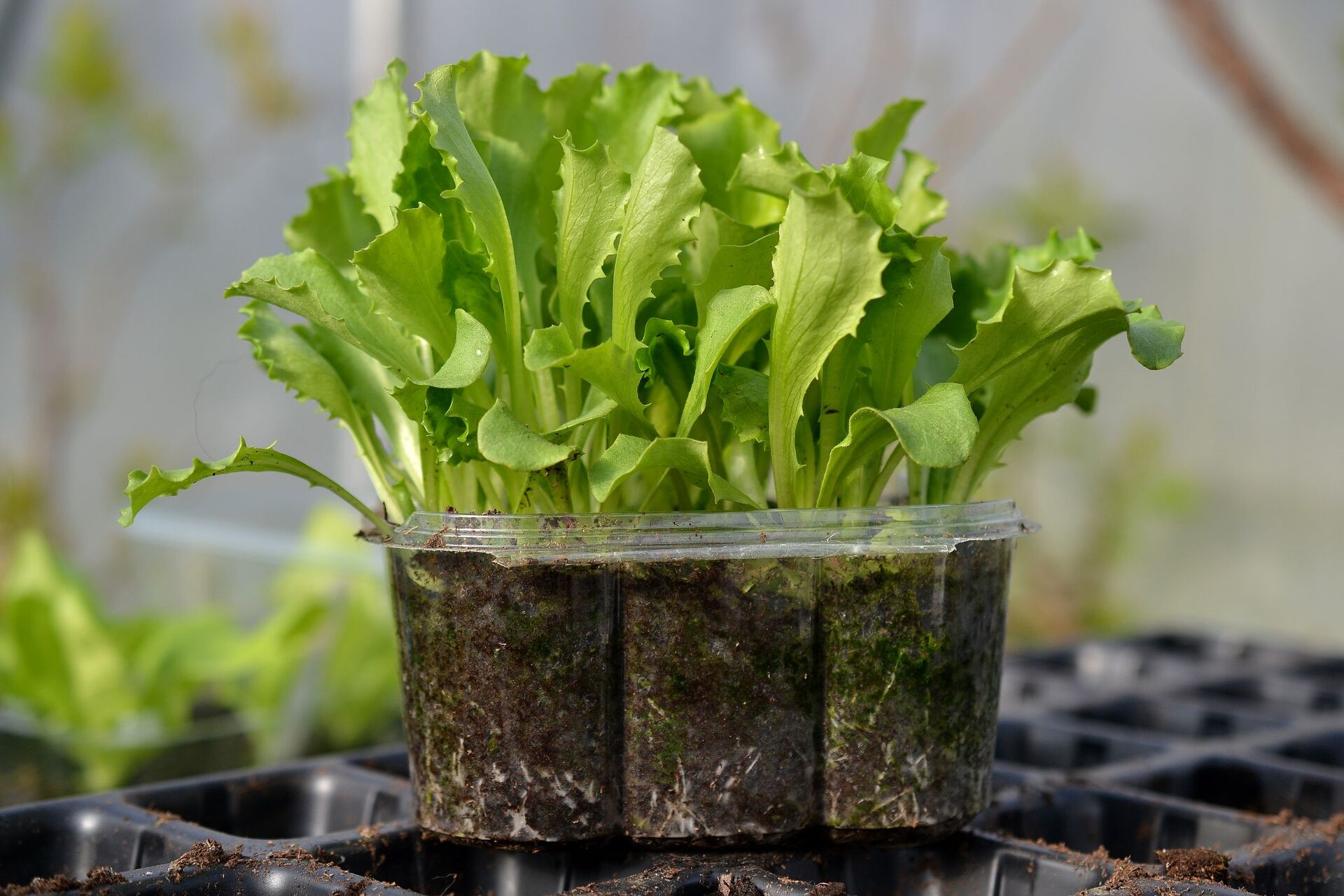
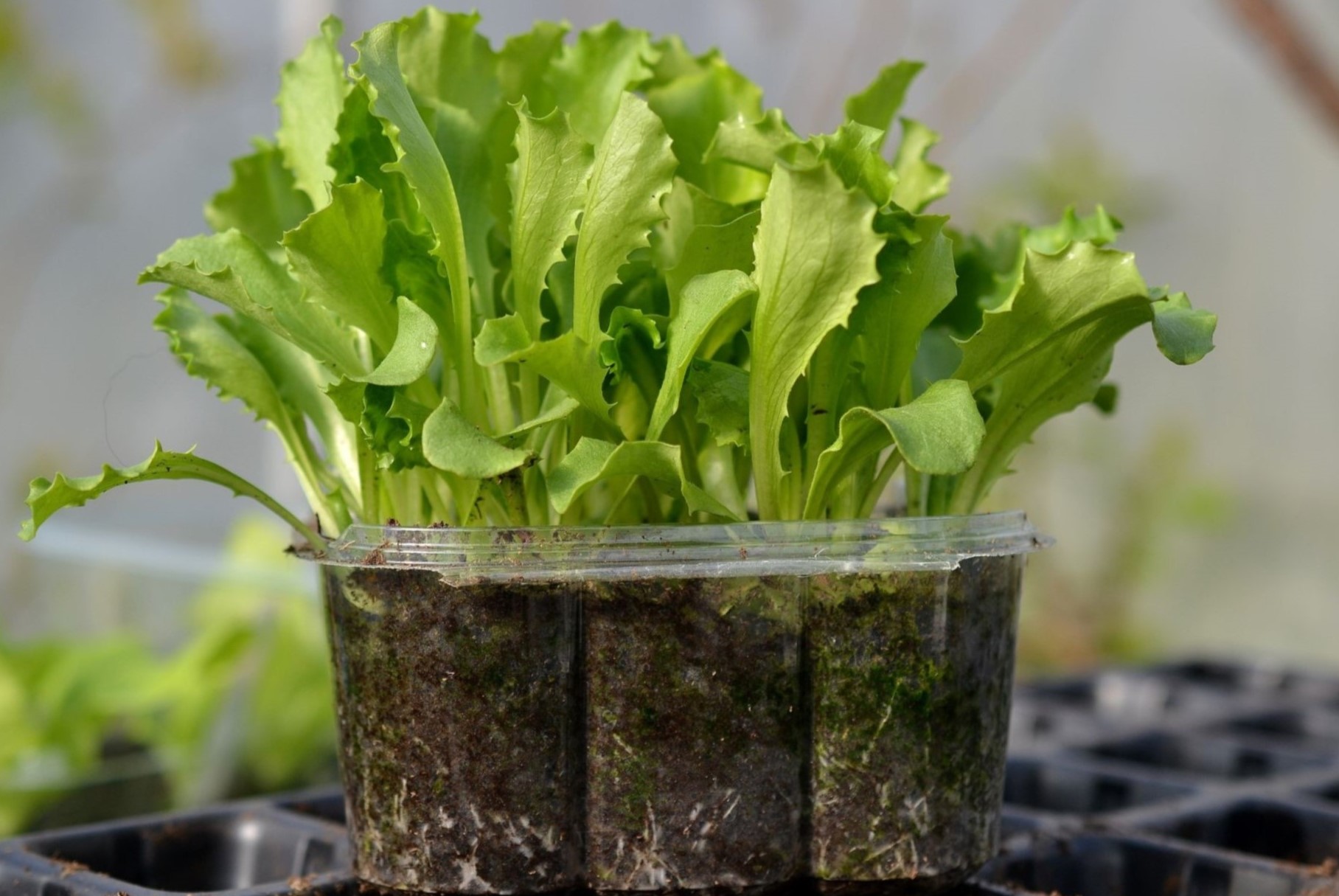
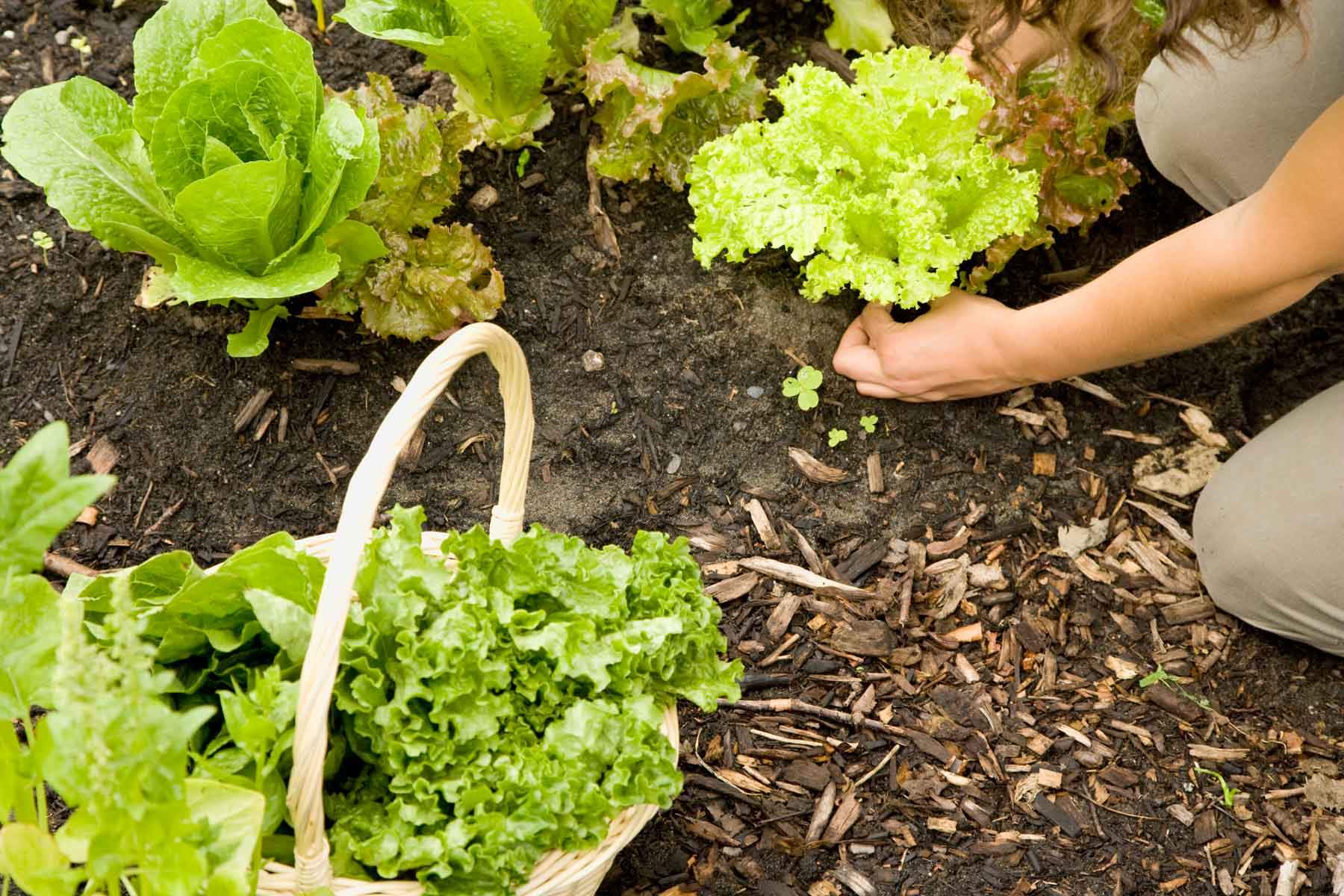
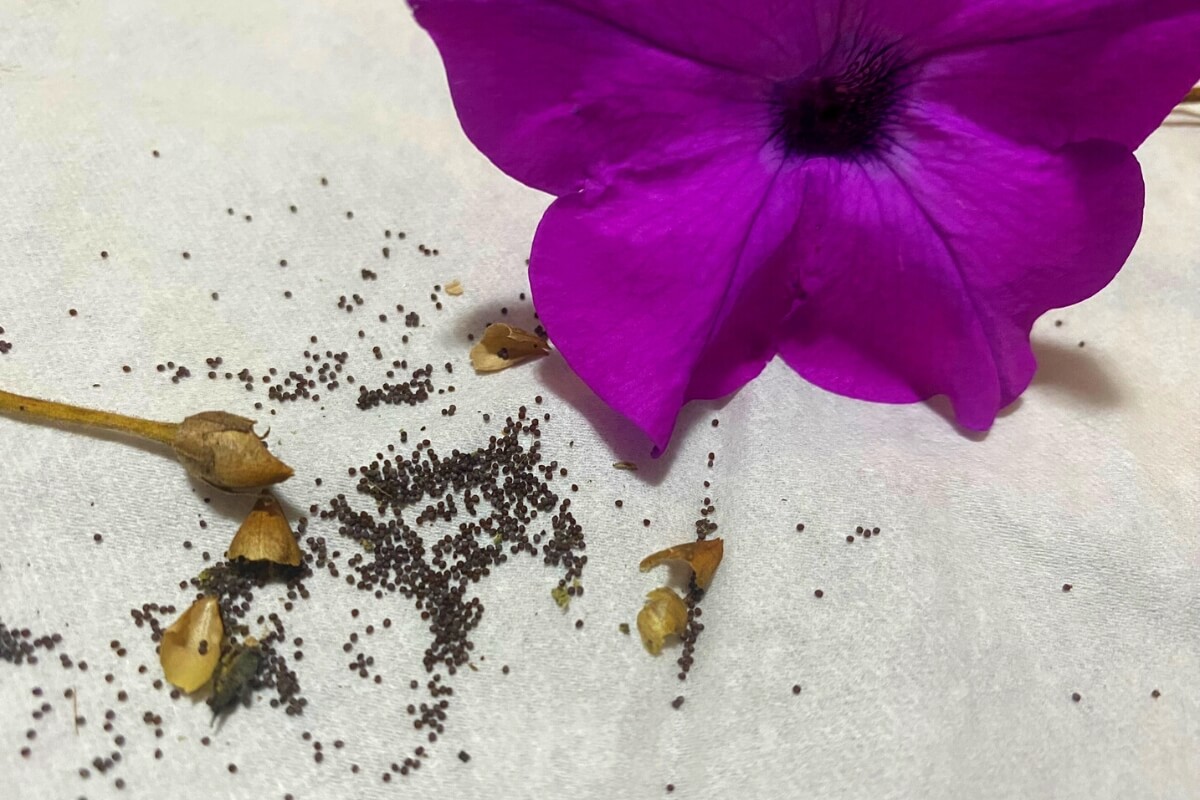
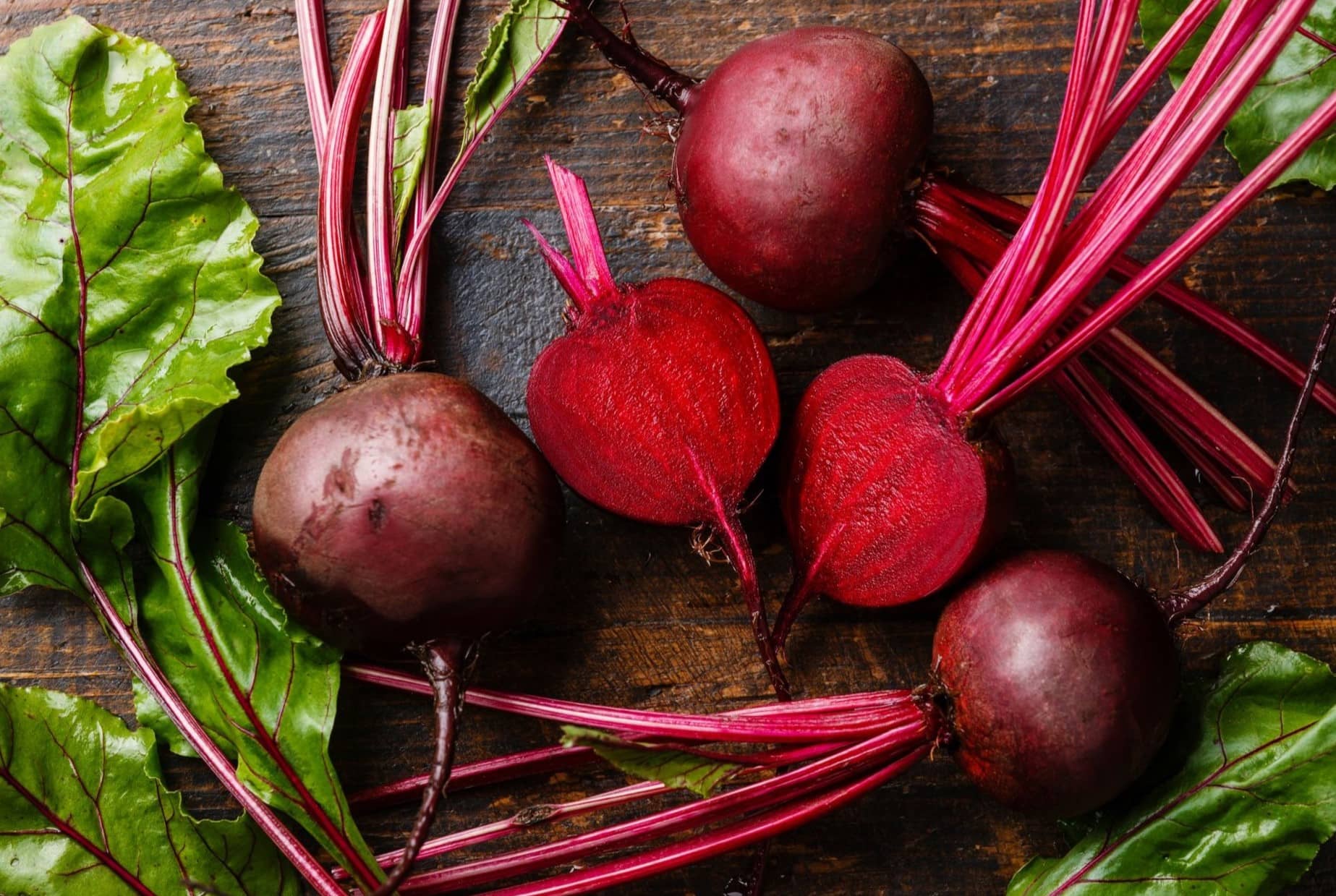
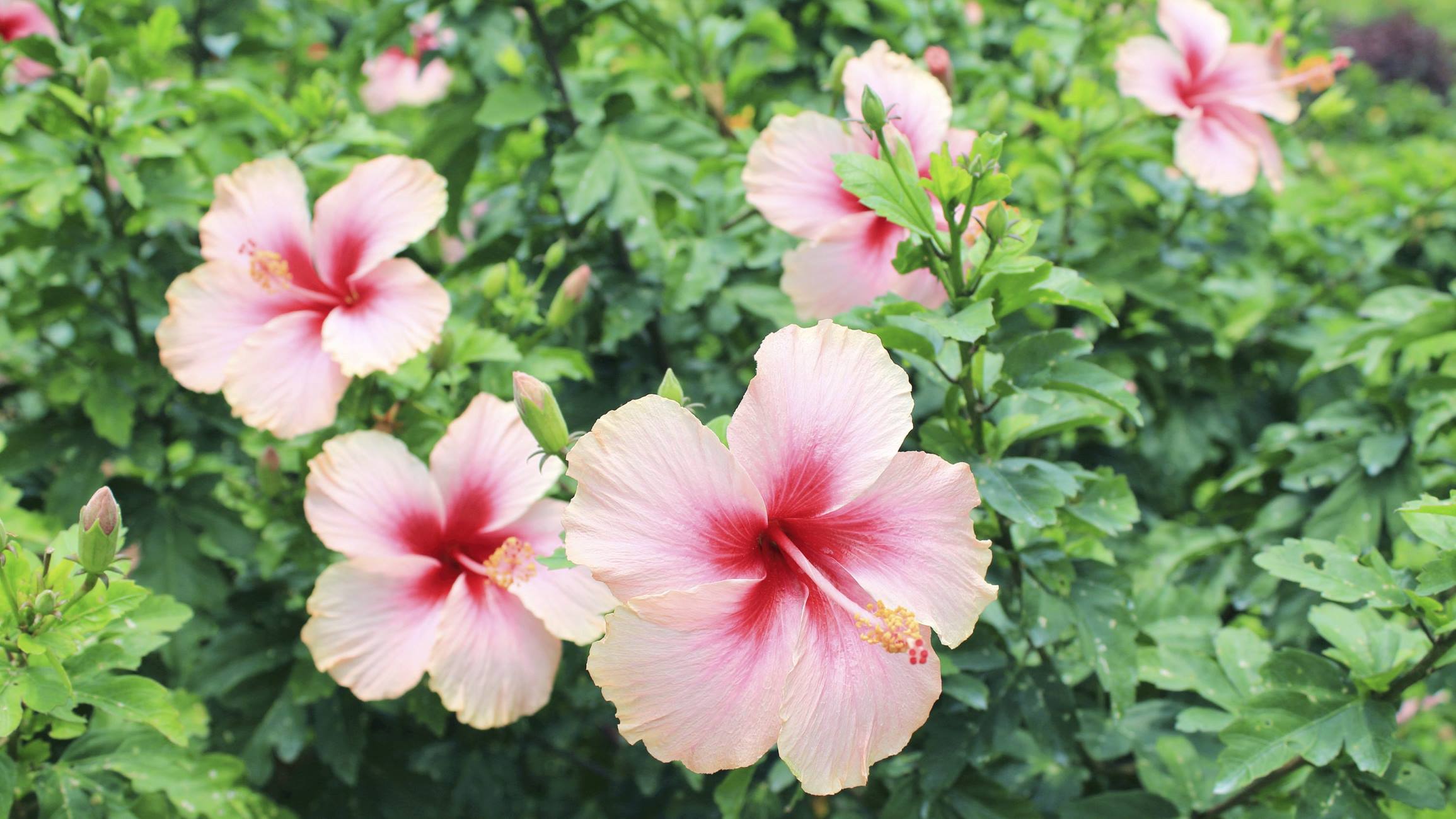
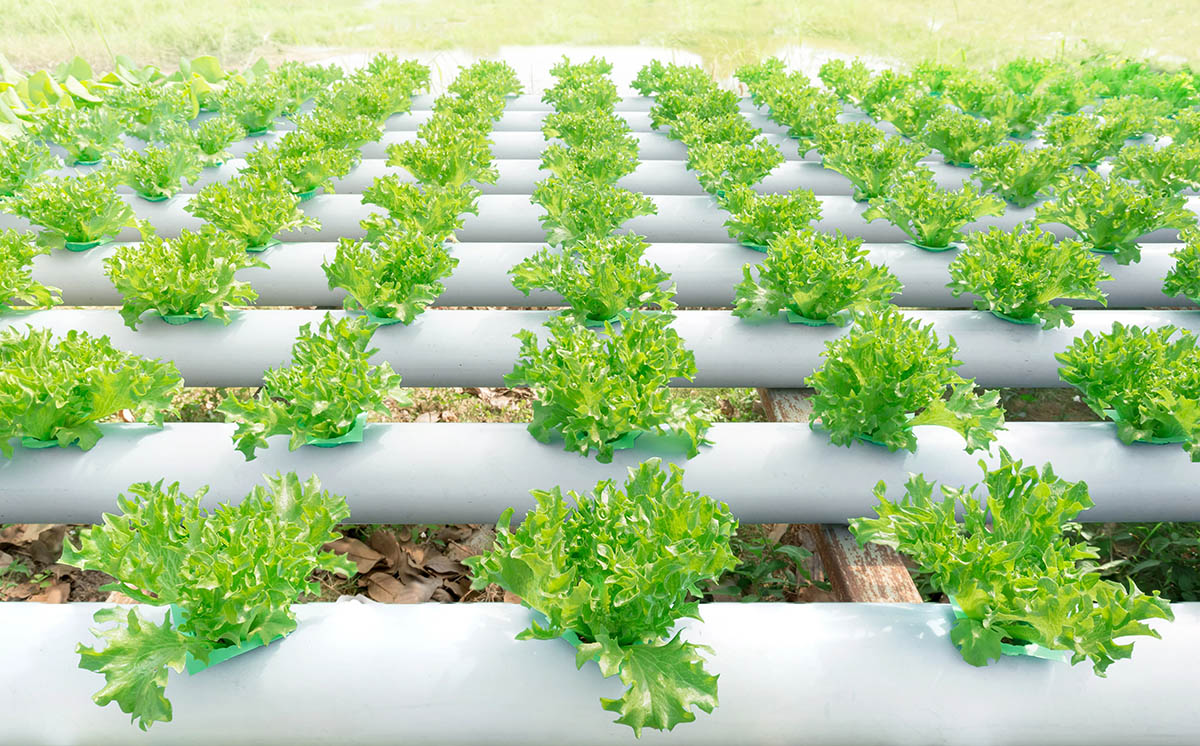
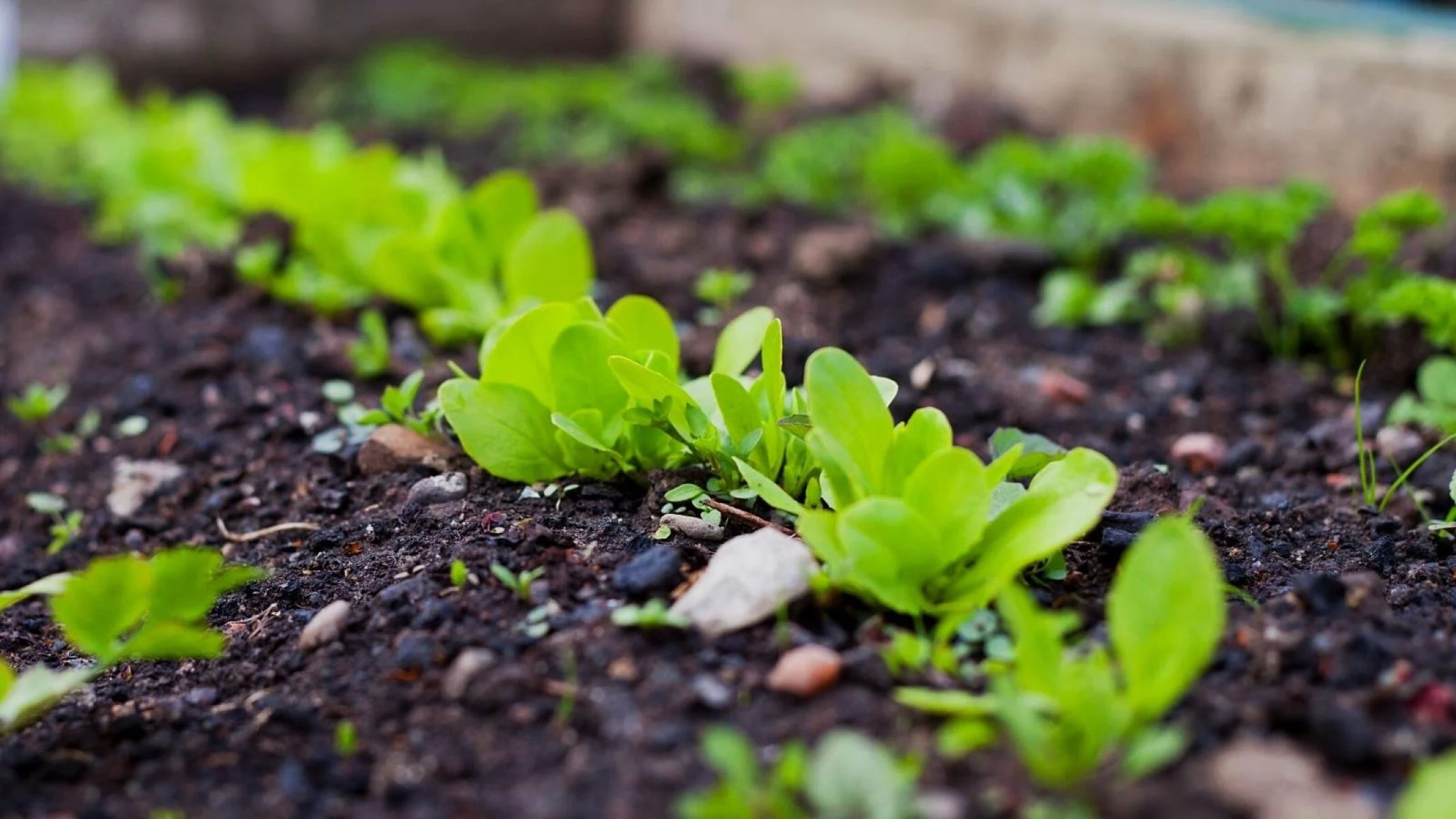
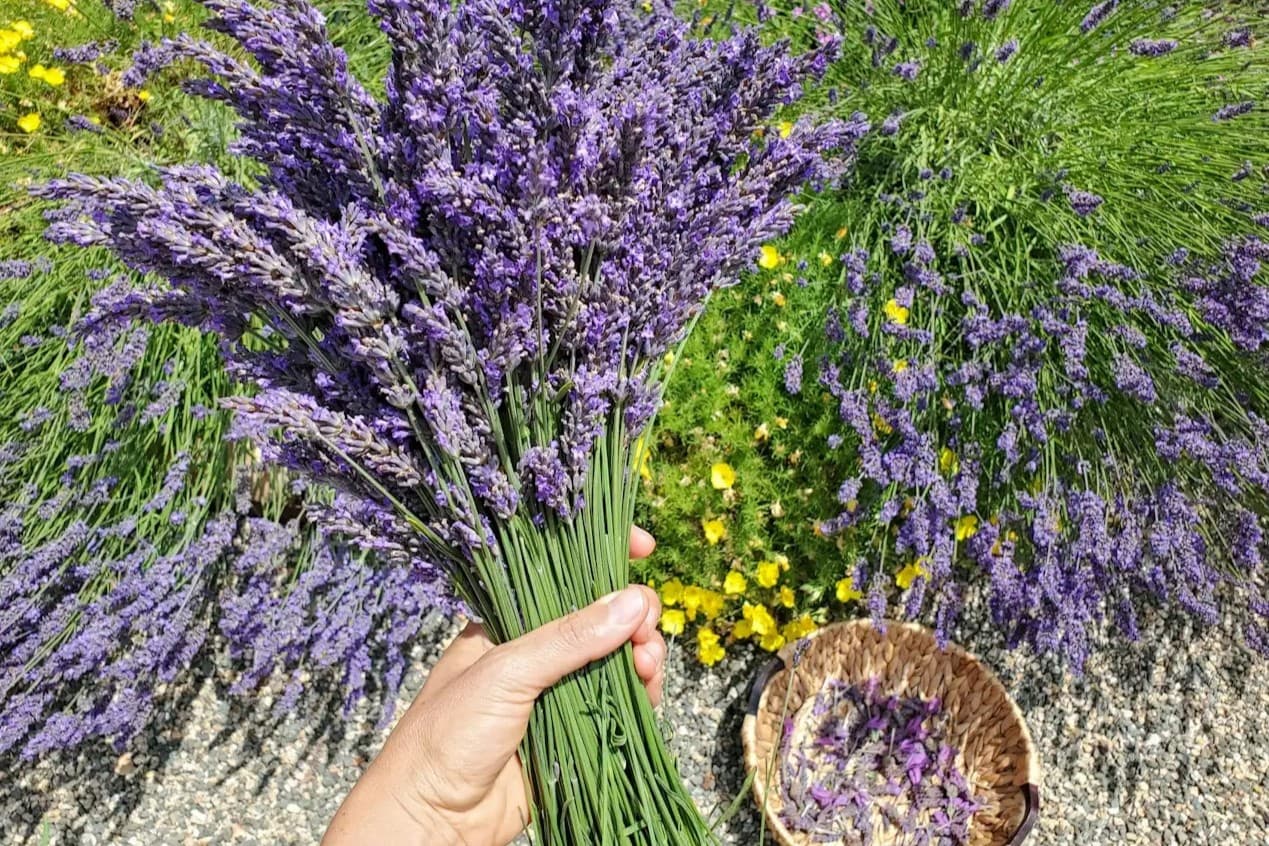

0 thoughts on “How To Get Seed From Lettuce”